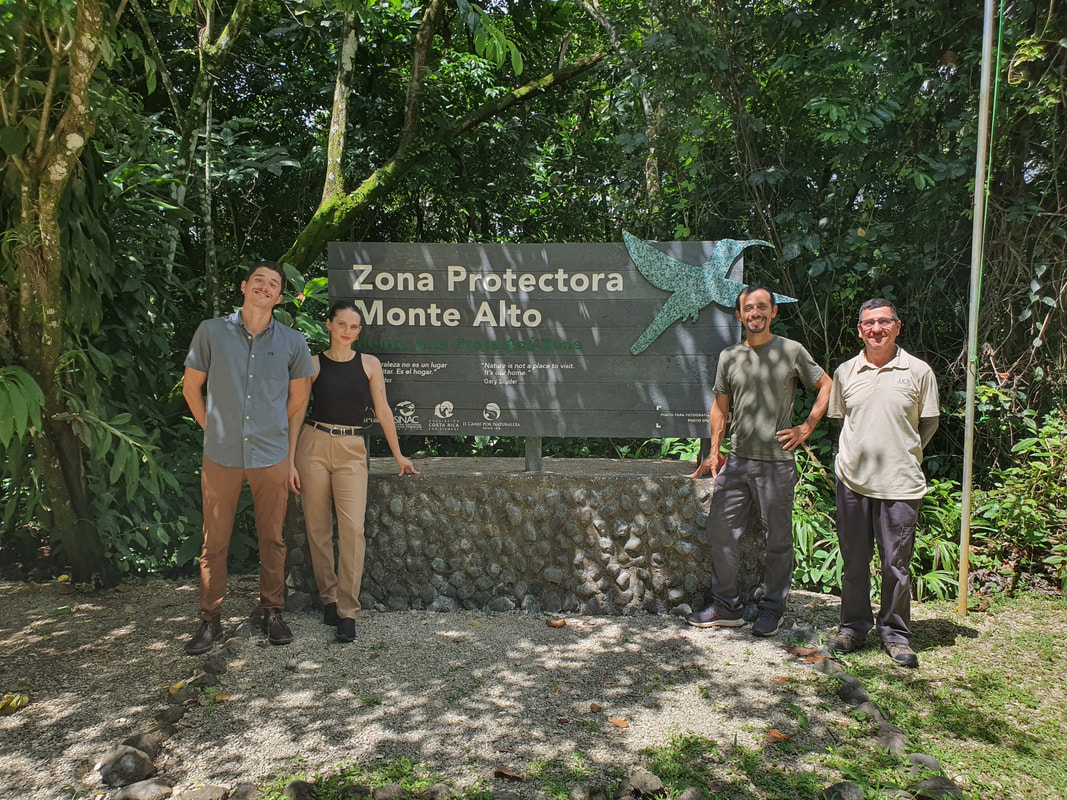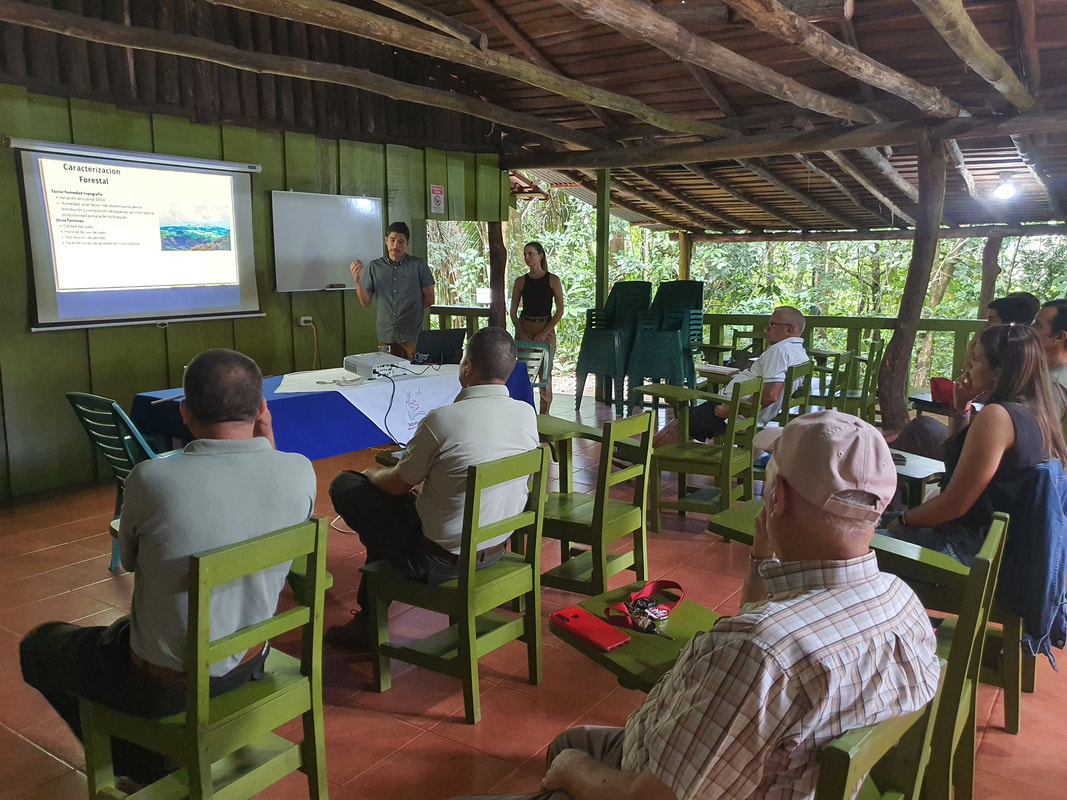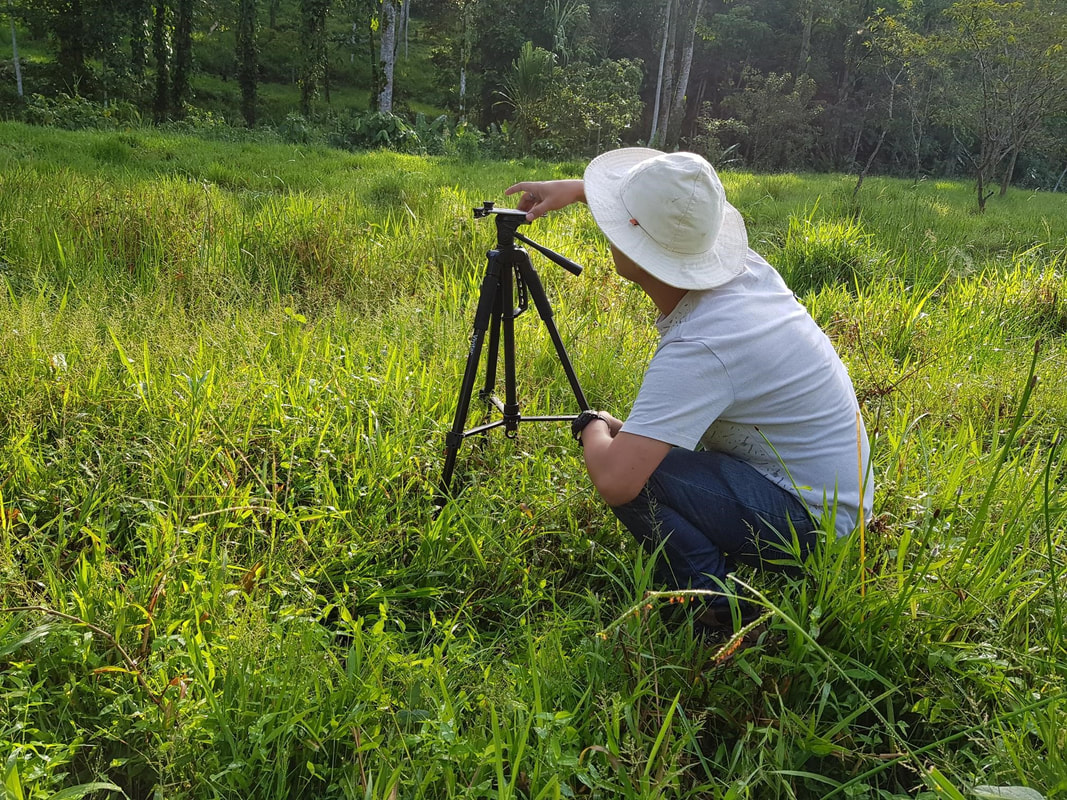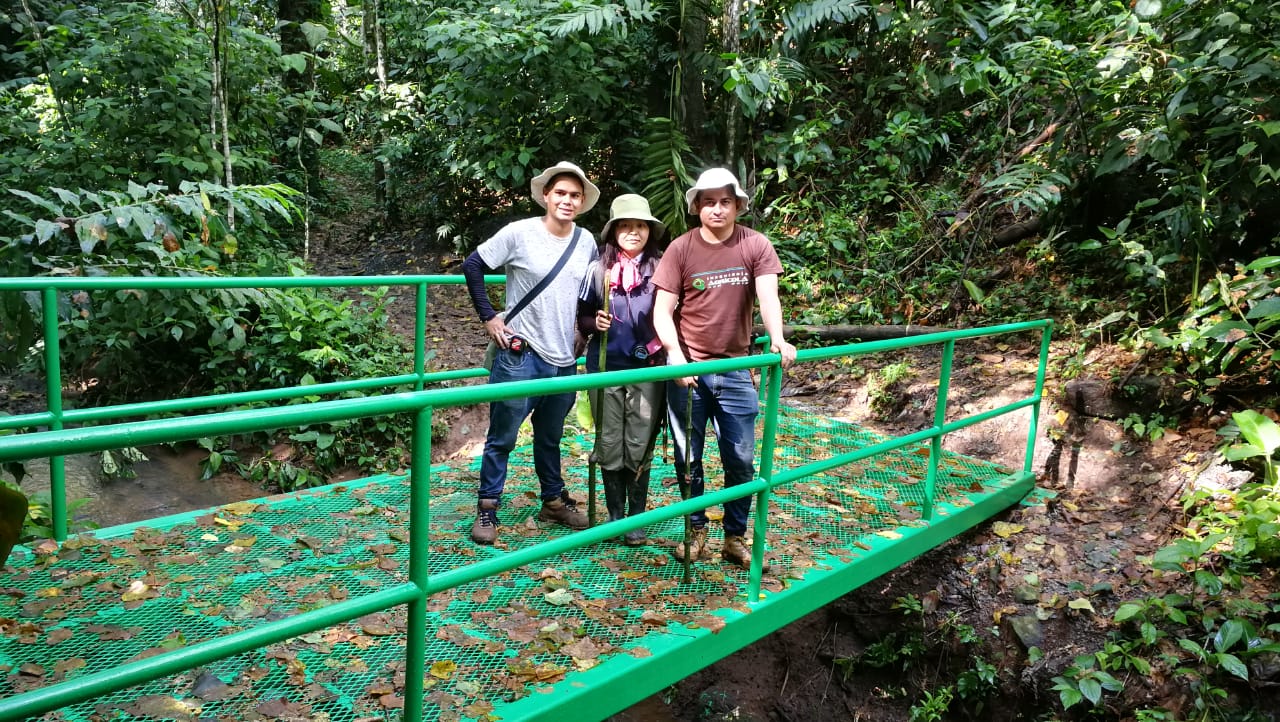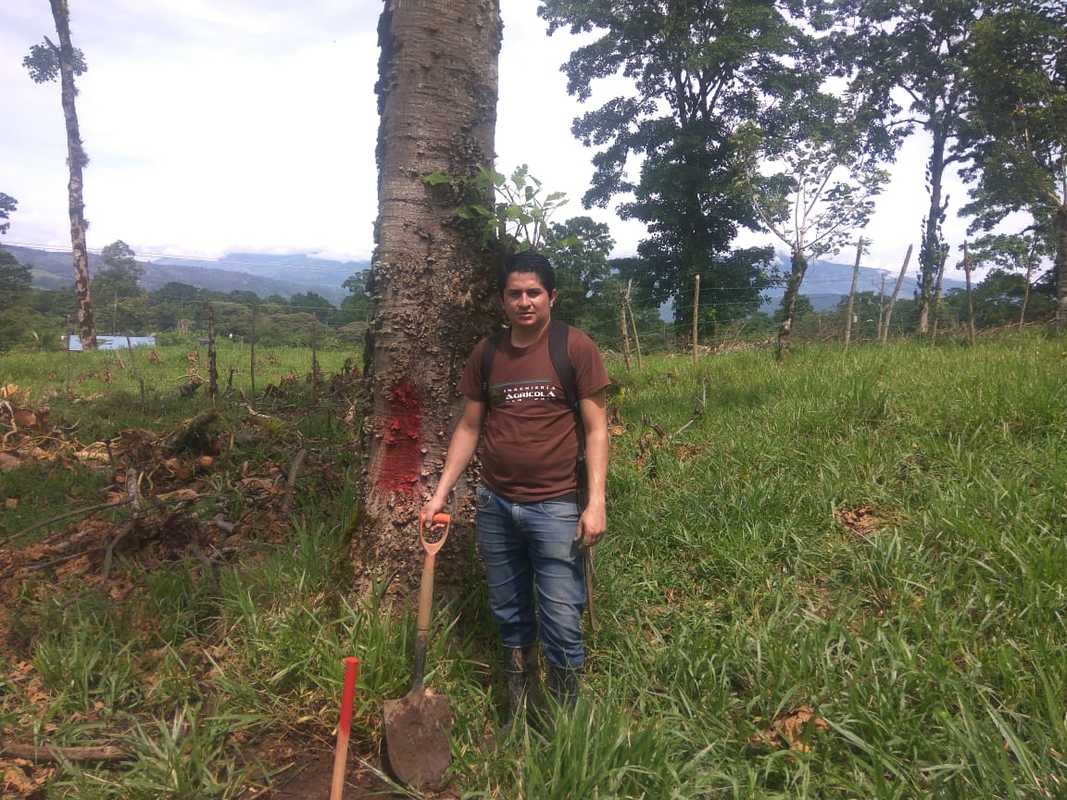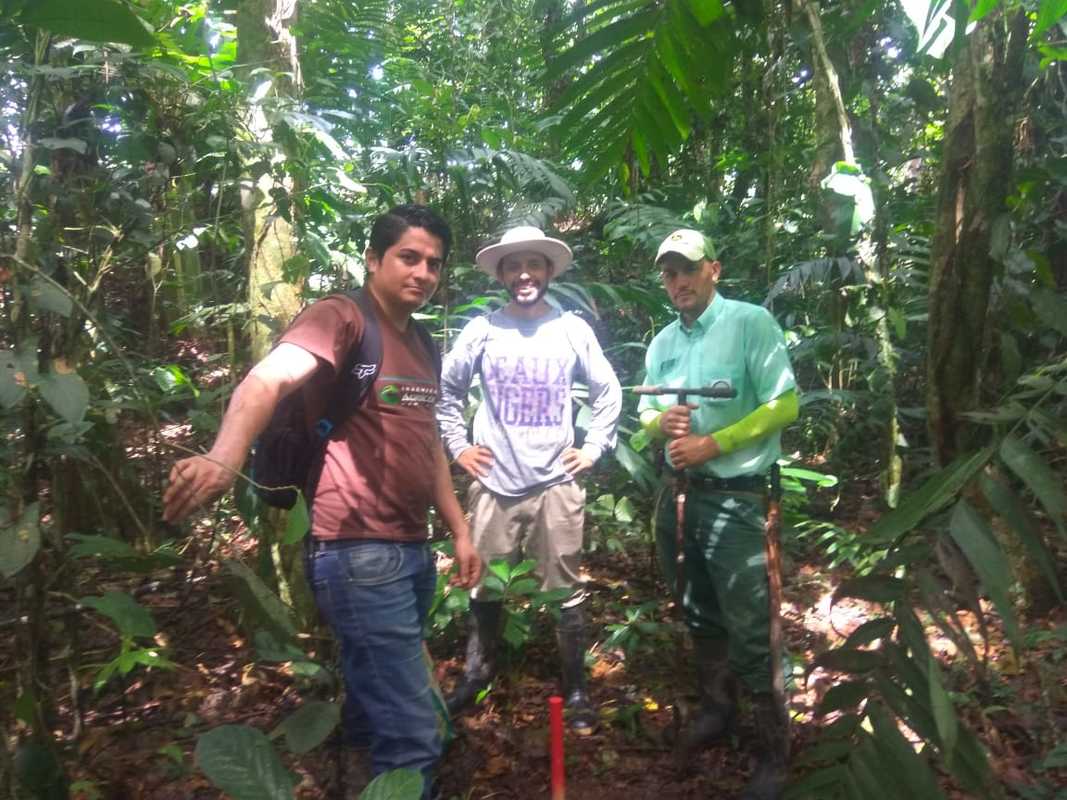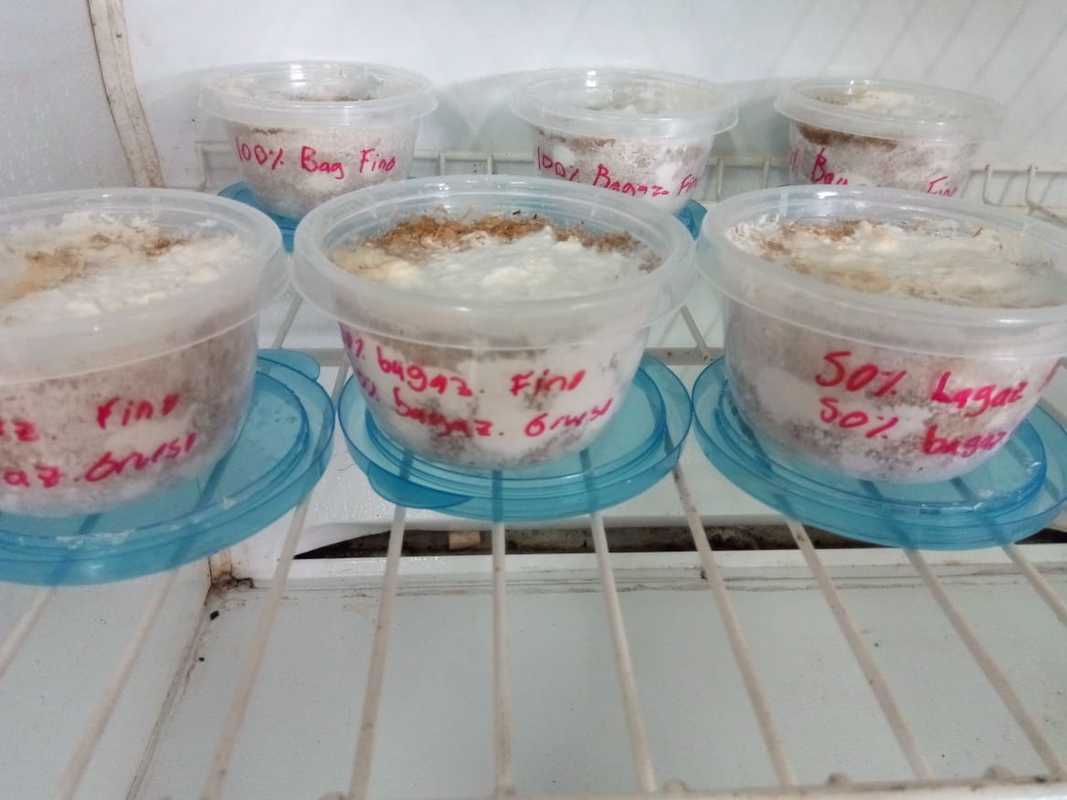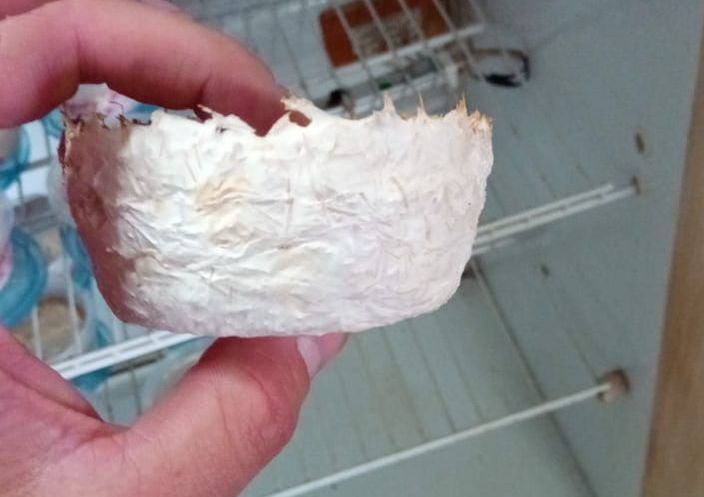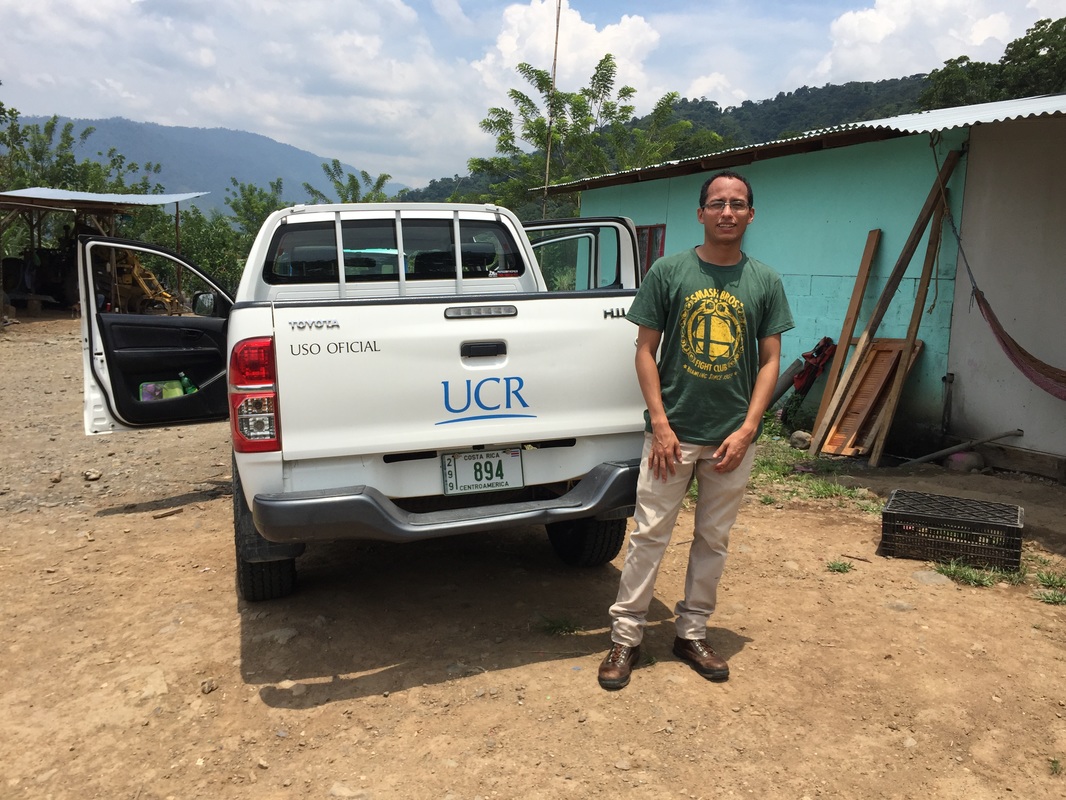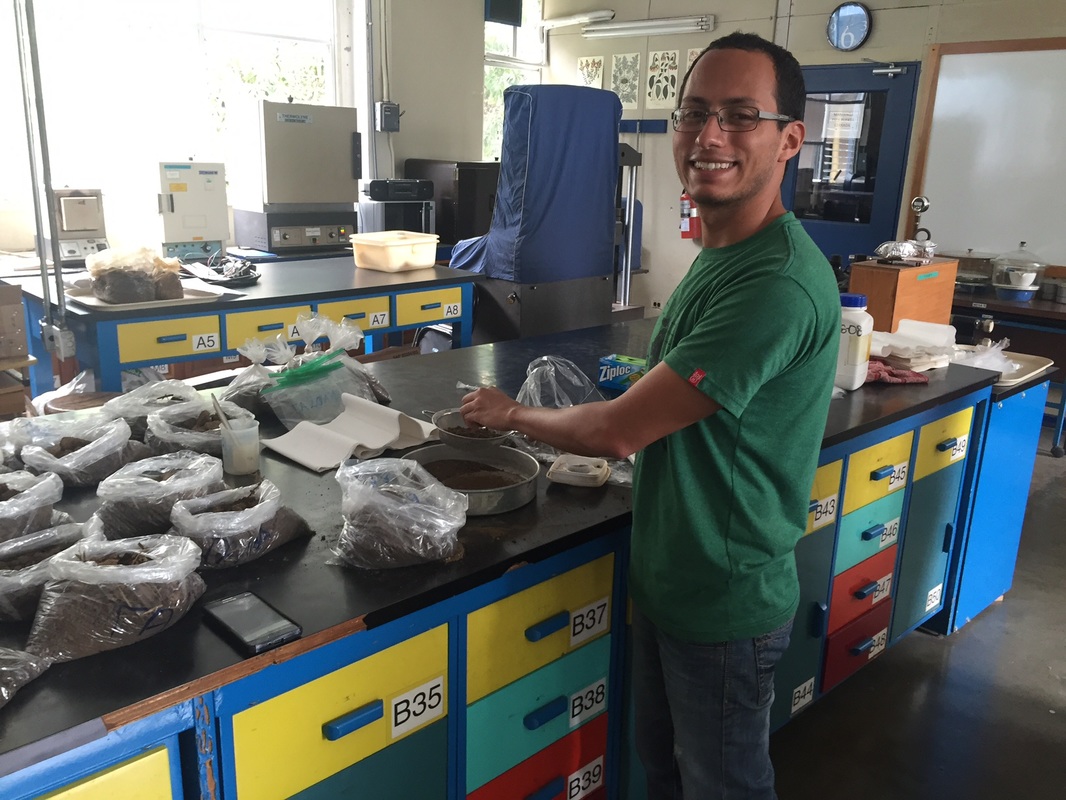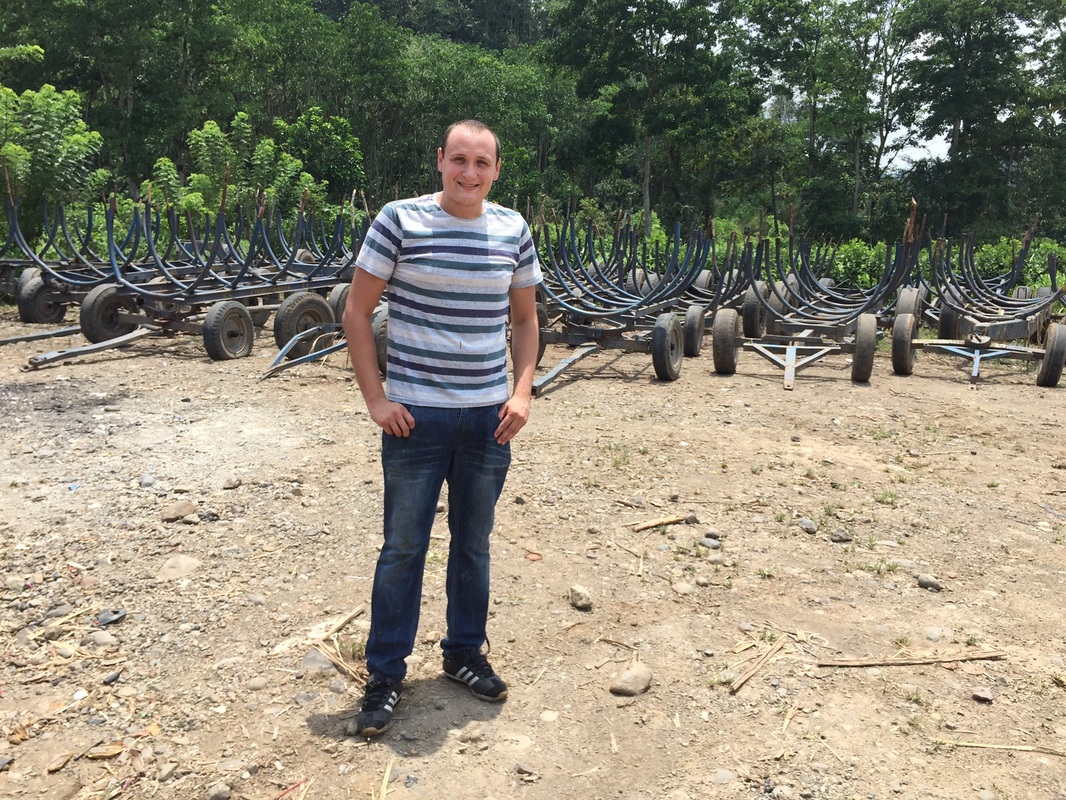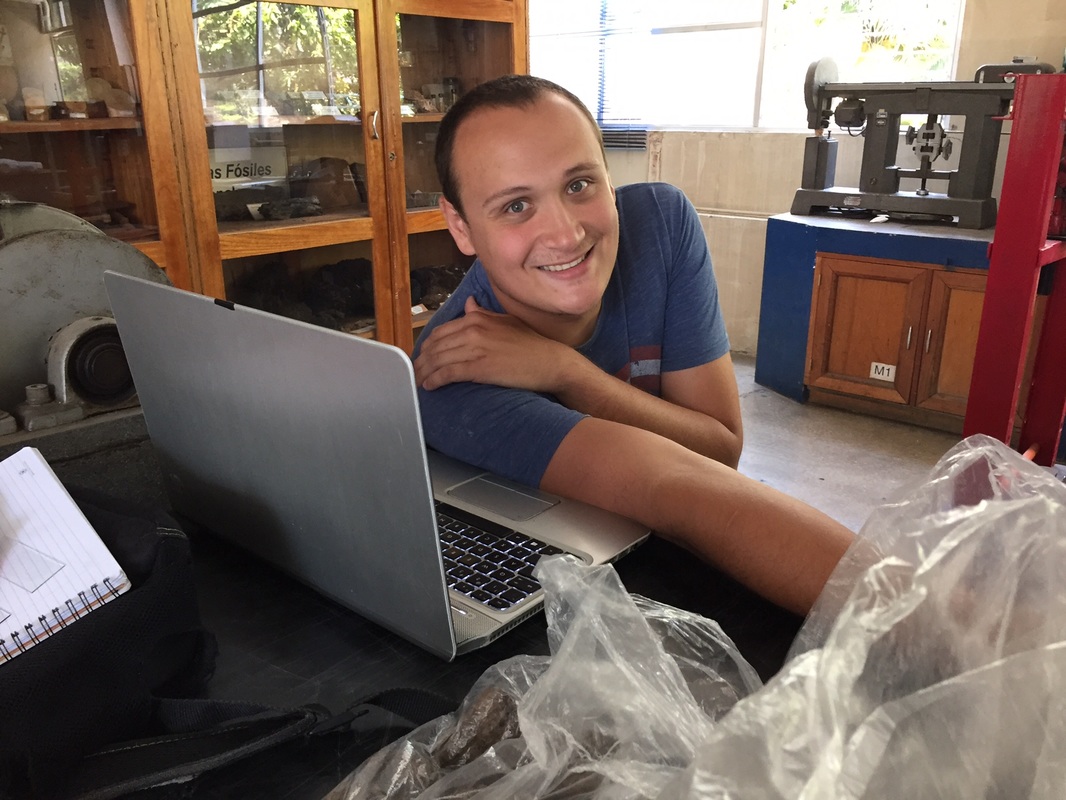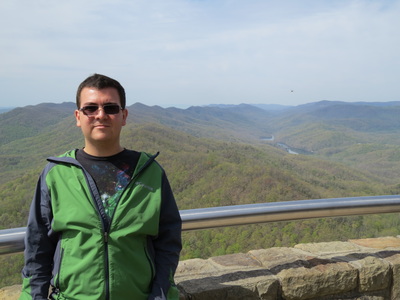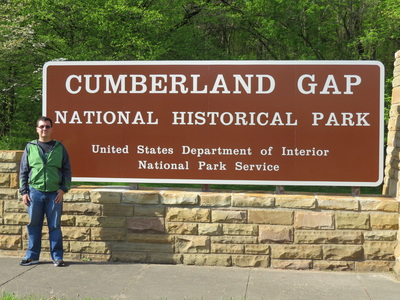Students under Dr. Rojas´ mentorship for thesis research
Marianita Chavarría Alvarado - M.Sc. Sustainable Development 2025
|
Marianita is evaluating the effect of immigration in the perception of food security in two locations of the western part of central Costa Rica. One of these locations is known for a high rate of immigration from North America and the other one has a negative immigration rate, meaning that more people leave the area than those coming in. This is an important aspect to evaluate for sustainability purposes since immigration events impose pressures on ecosystem services (i.e. water) by means of market demands in the food sector.
July 2024 |
Manuscripts generated
|
Adolfo Rojas Herrera - M.Sc. Biosystems Engineering 2025
|
Adolfo is trying to generate a predictive model of heat islands in urban settings using information of the reproductive stage of myxomycetes. Based on previous data collected in the region of Turrialba (Costa Rica) and a machine learning technique previously used in a project in Colombia, this master´s project is aiming to obtain an urban development application of microbial data. His project is also aligned with similar efforts in other regions of Latin America making it part of a larger picture initiative.
July 2024 |
Manuscripts generated
|
Mario Gutierrez Pacheco,
Gloriana Guzmán Vindas - Biosystems Engineering 2023
|
Gloriana and Mario quantified carbon stocks and modelled the hydrology of the watershed in the Monte Alto Nature Reserve in Hojancha, Costa Rica. Their project involved field techniques, remote sensing approaches, modelling methods and communication with communities. This initiative tried to function as a conecting node for different stakeholders in the fields of conservation and sustainability in the Hojancha county of Guanacaste, a dry landscape with very interesting wet tropical forests protected in the mountains of Monte Alto. A session to deliver results to the community took place along with a discussion of the potential of their work to start a process of carbon and water monitoring in Monte Alto.
September 2023 |
Manuscripts generated
Guzmán Vindas G, Méndez García M, Rojas C. 2023. El fenómeno ENSO y la precipitación de la Zona Protectora Monte Alto, Costa Rica. Revista Ingeniería 34: 1-6. Gutierrez Pacheco M, Guzmán Vindas G, Méndez García M, Rojas C. Reservas de carbono y respuesta forestal a la precipitación en la Zona Protectora Monte Alto, Hojancha, Costa Rica. InterSedes (en revisión). |
Aldo Quesada Chacón - Biosystems Engineering 2019
|
Aldo´s project was intended to generate important information for the monitoring of vertical and horizontal structural characteristics of the forest in FEIMA (an experimental station from UCR). His project used hemisphaerical photography, bioclimatic analysis and allometric equations to generate a zoning system for the forest patch at this station. In the context of biological diversity and ecosystem services, his project filled up an informational gap in FEIMA that could be useful for future reseachers, in order to understand the dynamics of tropical forests. He defended his thesis succesfully in late 2019.
September 2019. |
Manuscript generated
Quesada-Chacón, A., Nakajima, S., Rojas, P.A., Rojas C. 2019. Cuantificación esgtructural forestal según uso de la tierra y reservas de carbono de la Finca Experimental Interdisciplinaia de Modelos Agroecológicos-FEIMA, Turrialba, Costa Rica. Revista Ingenieria 30(1): 59-74. |
Josué Mora Chacón - Biosystems Engineering 2019
|
Josué started a project intended to increase the level of technical information available at FEIMA (an experimental station from UCR) by studying the characteristics of soil within the forested section of this station. His project studied basic chemical, physical, biological and structural characteristics and transformed this information into digital maps that can be used by other researchers in the station. The impact of Josue´s project within the framework of climate change and forest management is relevant due the need for technical information to monitor natural resource conditions over time. He defended his thesis succesfully in late 2019.
September 2019 |
Manuscript generated
Mora-Chacón, J., Nakajima, S., Rojas, P.A., Rojas, C. 2019. Efecto de la cobertura forestal sobre las características del suelo en la Finca Experimental Interdisciplinaria de Modelos Agroecológicos: un estudio de caso. InterSedes 20(42): 208-224. |
Fabián Jiménez Rey - Biosystems Engineering 2018
|
Fabián conducted a study intended to create a protocol for the production of a biological material made with hiphae of Pleurotus ostreatus. His research included the characterization of the material using two different substrates and two different particle sizes. Such a protocol was necessary for the assessment of the feasibility of the material production in industrial terms.
As such, testing the quality and durability of the biological material in the context of an economic analysis regarding the potential impact of a low-cost and low-technology system was very innovative and creative. He defended his thesis succesfully in December 2018. December 2018 |
|
Reyner Sibaja Matarrita - Agricultural Engineering 2017
|
Reyner conducted a project designed to evaluate the occurrence of both plasmodial and cellular slimemolds in the ecotone between plantations and forest patches. He worked both in sugarcane and pinneapple plantations in the Caribbean slope of Costa Rica.
His project was developed from the myxomycete soil isolation project conducted by the slimemold team in ReForesta during 2015. However, Reyner implemented GIS-based techniques and quantified a series of variables such as microbial respiration, soil texture and water retention in order to test his hypothesis that forest patches may act as refuges for microbial communities associated with plantations. He defended his thesis succesfully in mid 2017. June 2017 |
Manuscript generated
Sibaja-Matarrita R, Barboza-Chinchilla L, Rojas C. 2018. Can mycetozoans be used as health indicators of soil in the agricultural context of Costa Rica? Revista de Ciencias Ambientales 52(1): 161-174. |
Steven Umaña Carmona - Agricultural Engineering 2017
|
Steven worked on a project intended to test the viability of "effective microorganism" bioferments on the characteristics of soils used for agriculture. In order to accomplish his objectives, he designed bioreactors capable of reproducing microorganisms (mostly bacteria and fungi) originally collected from forest patches and applied the bioferments onto plots with two experimental crops.
The idea behind his project was related with the concept of ecological engineering in which the professional is able to design a strategy capable of substantially change the original characteristics of the system in order to make the productive process more sustainable. He defended his thesis succesfully in early 2017. February 2017 |
Manuscript generated
Umaña S, Rodríguez K, Rojas C. 2017. Do mountain microorganisms (MM) really work as a biofertilization strategy? A Biosystems Engineering Approach. Revista de Ciencias Ambientales 51(2): 133-144. |
Alberto Coto Fonseca - Agricultural Engineering 2016
|
Alberto conducted a research project on the potential effect of climate change and the distribution of four commercially valuable crops in Costa Rica. As part of his project, Alberto used a set of bioinformatic tools to develop an integrated analysis of the implications of temporal planning under the framework of food safety and sustainability.
Alberto had the chance of going to Lincoln Memorial University during the spring of 2016 in order to discuss his project to the faculty and students of that university. During his visit, he also had the chance of traveling across northeastern Tennessee and see the differences in strategy and development between this part of the USA and Costa Rica. He defended his thesis succesfully in late 2016. December 2016 |
Manuscripts generated
Coto A, Rojas C, Molina-Murilllo S. 2017. Climate Change-Based Modeling of Potential Land Use Arrangements for Coffee (Coffea arabica) and Forest in Costa Rica. CIGR Journal 19(4): 224-229. Coto A, Rojas C, Molina-Murillo S. 2017. Distribución potencial de tres cultivos agrícolas en Costa Rica bajo escenarios de cambio climático: implicaciones de manejo agroforestal y desarrollo socioeconómico. Revista Ingeniería 27 (2): 59-76. |


